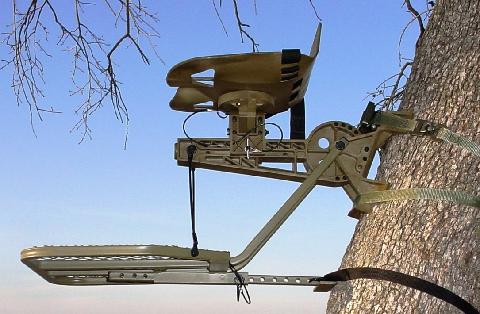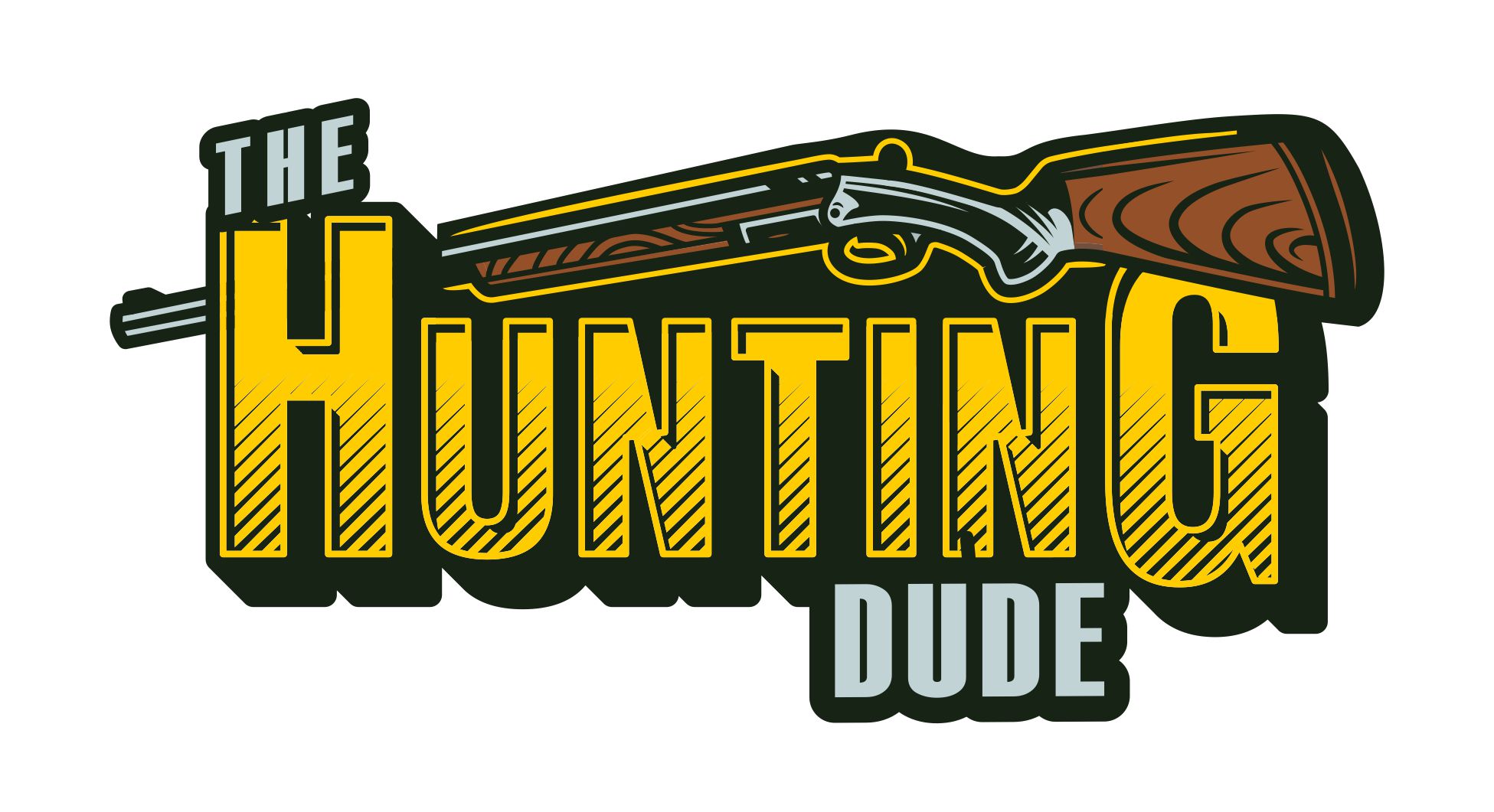Most treestands are suitable for straight trees that don’t have branches or limbs. If a tree is anything other than straight, such as lean or crooked, then that tree is not the right tree, especially for climbing treestands. Moreover, tree trunks should neither be too narrow nor too wide for the climbing treestands to function.
However, out in the woods, it’s not easy to find the right tree for your treestands. In such cases, hunters must compromise by letting go of the best hunting spots simply because their climbing treestands can not be used on every tree.
The Swivel Limb Tree Stand Company came up with a solution to this problem. Their treestands were perfect for your not-so-perfectly straight trees; they worked great on angled and crooked trees and came in handy where other climbing treestands didn’t.
Swivel Limb Tree Stand – A Brief Introduction
Swivel Limb Tree Stand company was established in the late 90s. After staying in business for almost two decades, the company eventually closed down; the exact reason for the company’s closure is unknown. However, even to this date, these swivel limb tree stands are still searched for by many hunters out there.
Swivel limb tree stands were simple and reasonably lightweight stands. The company had two treestand models in its portfolio; one came with a footrest and the other without a footrest. The contoured chair was standard in both the treestand.
These treestands were portable and super easy to carry. They were made of a very lightweight and robust material, Zytel Nylon, and their platform was made of solid steel, making them sturdy and durable treestands.
The seat on the swivel limb tree stand was a contour chair that offered lower back support to prevent any pain or aches; the seat could easily rotate 360 degrees, making it easy to keep a lookout on the target across all directions while remaining seated in a hunting position.
These swivel limb tree stands can be set up on any tree, especially the Oak and Mesquites. Since these trees have limbs and branches that can act as footrests for the hunters, they make the S1 model ideal, as it did not come with a footrest.
The major drawback of the swivel limb tree stands was that they did not come with a backrest, leading to the hunters getting tired after multiple hours of sitting. Moreover, they caused leg numbness in the hunters for sitting too long on the contoured seats.
Swivel Limb S1
This climbing treestand can be installed on any tree varying from 8-inch to 30-inch in diameter and adjusted to any angled or crooked tree. It is super easy to install and can be set up in less than a minute.

It is a durable treestand made of powder-coated steel, powerful Dupont Zytel Nylon, and a 9,300 lb ratchet strap. The contoured seat on this treestand is quiet and swivels smoothly. The seat-to-tree distance can also be easily adjusted using multiple leveling positions.
The stand weighs around 19.5 lbs and can easily hold upto 300 lbs of weight.
Swivel Limb S2
The contoured seat on the S1 model was offered separately for sale and named the Swivel Limb S2. It is excellent for hunting on the ground or duck hunting in the flooded timber; when the woods are flooded. It can be attached to the tree base and used as a pedestal.
Just like S1 Model, S2 has multiple level mounting positions. The stand weighs only 9.5 lbs and can hold up to 300 lbs. Excluding the feet platform, S2 Swivel Limb Tree stand features were more or less similar to S1 Swivel Limb Treestand.
Are Swivel Limb Tree Stands for Sale?
Swivel limb treestands were discontinued around 2010; the exact reason for the company’s demise is unknown. If you are looking to buy a swivel limb treestand, you might find a used one from eBay or other online stores. However, it would not be intelligent, especially when so many advanced and latest options for climbing treestands are available on the market today.
Final Remarks
Although Swivel limb tree stands are great with their rotating contour seat and can adjust to any tree, hunters mainly did not use them as their primary tree stand simply because of their lack of comfort.
They were only used when the hunters’ other tree stands didn’t work on specific trees. Even though they are lightweight and robust, they do not make up the ideal tree stand for hunters.

